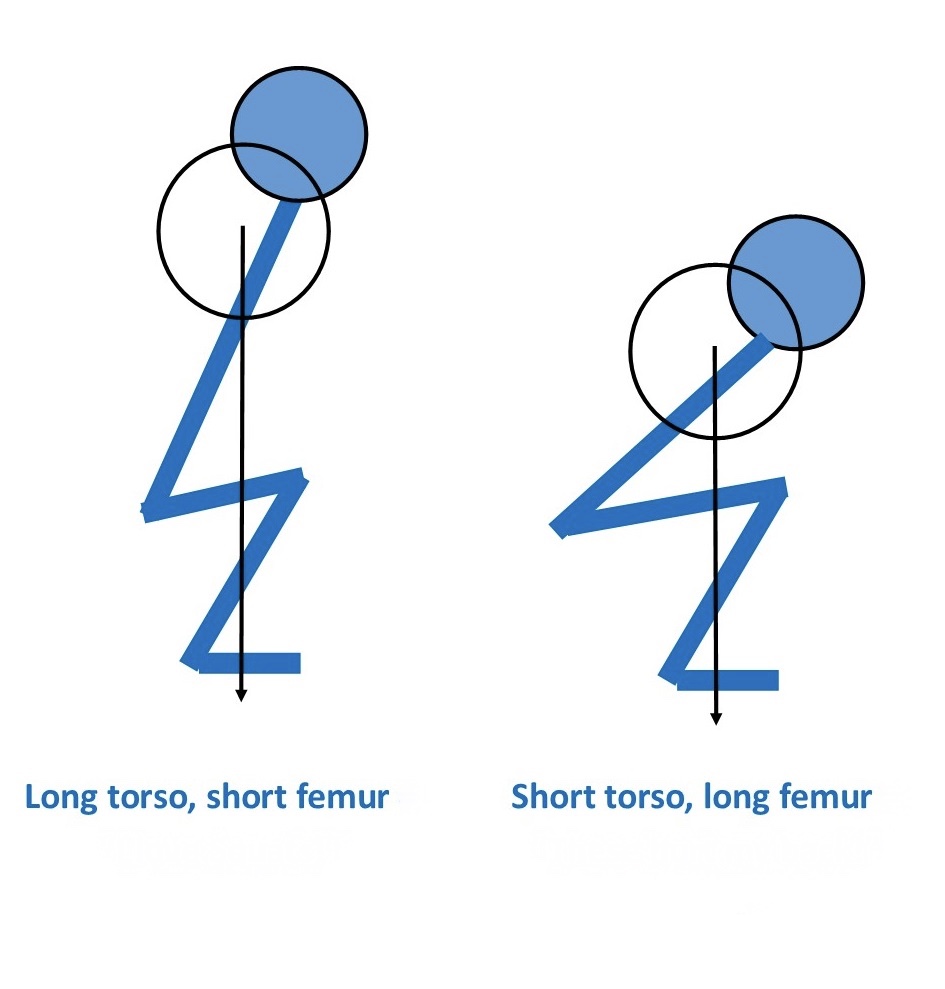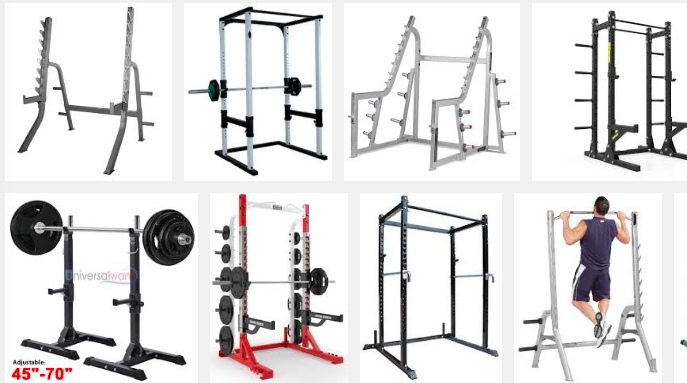I've mostly been writing about some pretty abstract things like change (and here & here) and motivation. This post is going to be more concrete. It's about the squat. Last week a friend sent me a text about squatting and how to do them correctly. My elementary school teachers always said if I had a question then somebody else probably has the same question. So I figured this would be as good a place as any to talk about the squat. Squats pretty much work all the muscles in your thighs, predominantly the quads (front of thigh), glutes (butt) and hamstrings (back of thigh). Since these are such large muscles squats are a great cardio option along with being a one of the best strength exercises. While squats focus on the legs, squats are a full body exercise. They require mobility and stability at different parts of the body. So you may need to do some stretching and warmup exercises before hand. Also it may take time to be able to do a full range of motion squat.
First thing you should know is that squatting is good for you, despite what you may have heard. Second thing is that everybody squats at some point everyday. I can confidently say this because everyone sits and/or goes to the bathroom everyday. Knowing those two things, everyone should add squats to their workout routine.
So with that being said I'm going to lay out the basic components to a good squat. A couple of caveats before I start. First, squats (actually no exercise) shouldn't hurt while you're doing them. If there is pain stop. Go to a professional (orthopedist, chiropractor, physical therapist, trainer) to figure out what is causing the pain. Second, it's up to you to figure out your starting point. If you can't get full range of motion on day one that's ok. Keep working on it and there will be progress. Let's get to it...
- Stand with your feet about shoulder width apart: I say "about" because this is going to be different for everyone. Some people will be able to have a narrower stance and some will need to be wider. Also your toes will probably be somewhere between being pointed straight ahead and 45°. Stance is highly individual so you're going to have to experiment a little to find what works best.
- Sit BACK and down: squatting occurs at the hips. Pushing your butt back is the first movement and then it goes down. Stand in front of a bench/chair: take a step away: sit on the bench/chair. Notice how you have to "reach" back to get to the chair/bench? This is the you want to replicate when you squat.
- Keep your back straight: your spine (back) should not move when you're doing a squat, especially if you're using weights. This one may be a little tougher depending on your flexibility. Imagine you have a broomstick taped to your back when you squat. Now depending on the length of your legs and torso, your torso may be completely vertical, more "folded" down towards the ground or somewhere in between. No matter where the torso ends up just make sure the spine/back doesn't move to get there.

- Butt just below parallel: the goal of the squat is to get the butt just below the knees. If you can get lower while keeping your back straight that's great but from a strengthening stand point, just below parallel is the standard. Also the lower you go the higher the risk your lower back will round (remember the back moving is a no-no). If you can't get below parallel try stretching your glutes, quads and calves and keep squatting. This is a case where practice will lead to closer to perfect.
- Keep your heels down: your feet should stay flat on the ground the whole time. Don't lift the heels just so you can get lower. If you can't get low without lifting your heels, work on stretching the areas I mentioned above and only go to the point where your heels begin to rise.
These are the main points a beginner squatter needs to remember. There are hundreds of squat variations. These rules will hold true in the vast majority of variations. Once/if you can follow all of these rules then you can begin to add weight or try more advanced squat variations. Try these out and/or share with a friend. Let me know if you have any questions.
https://www.youtube.com/watch?v=tkbtqX4U6Ts

 of equipment usually off in the corner of the gym. The fact that it houses the weight plates that aren't being used and is called the cage by some, I can see why the squat rack might not crack your 'Top 10 Places to Visit in 2016' list.
of equipment usually off in the corner of the gym. The fact that it houses the weight plates that aren't being used and is called the cage by some, I can see why the squat rack might not crack your 'Top 10 Places to Visit in 2016' list.